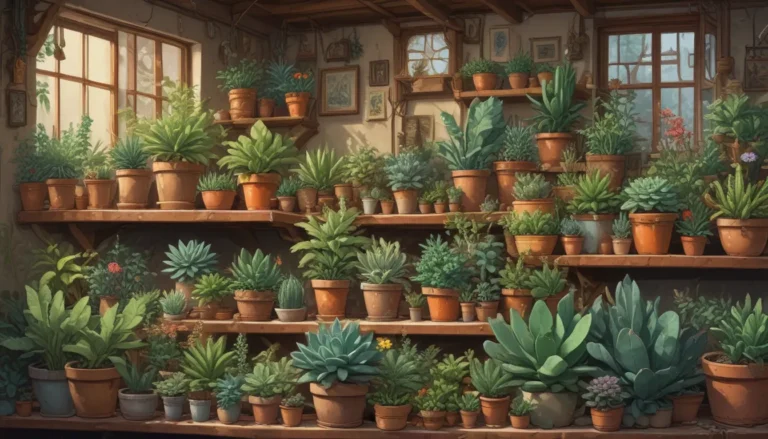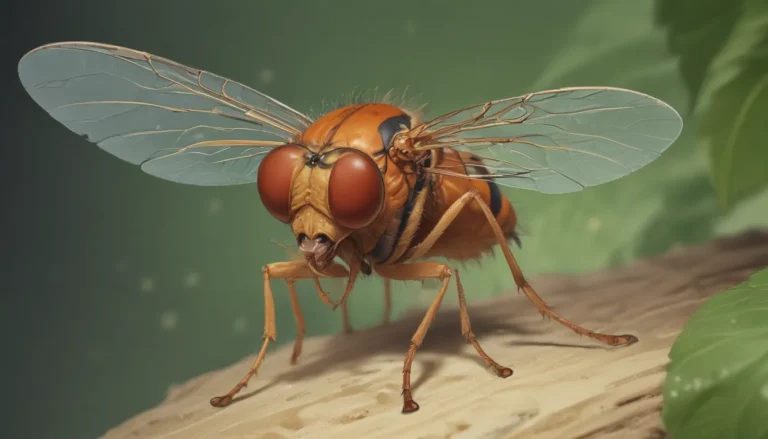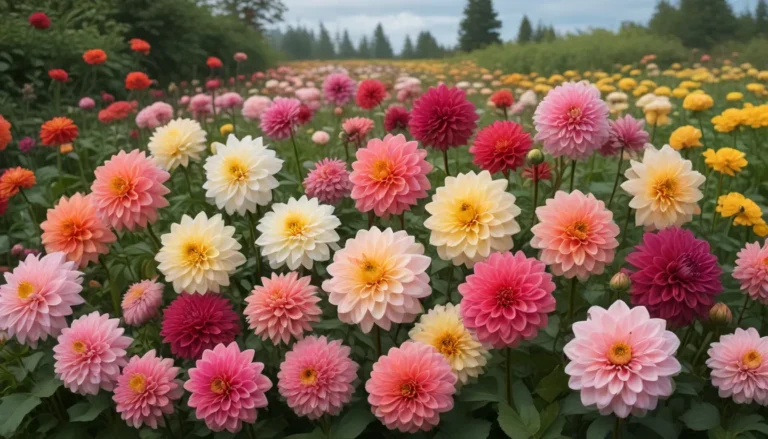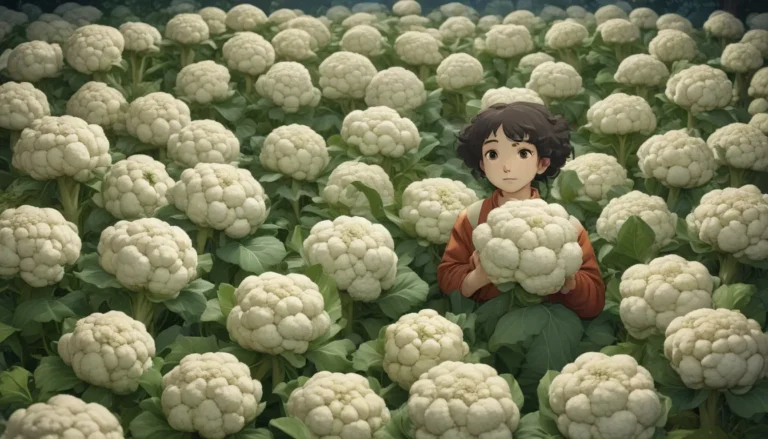Everything You Need to Know About Yellow Rose Leaves

Plants have a way of communicating with us, even if they can’t speak. Your roses might not be able to tell you outright if they are unwell, but their yellow leaves are a clear cry for help. If only they could yell, “Helllllp!”
Yellow leaves on your roses are a sign that something is amiss. In this guide, we will explore the most common reasons behind this issue and how to address them. So, if your roses are waving the yellow flag, it’s time to dive in and find a solution.
10 Common Culprits Behind Yellow Leaves in Roses
- Black Spot
- Drought Conditions
- Iron Deficiency
- Nitrogen Deficiency
- Rose Mosaic Virus
- Rose Rosette Disease
- Spider Mites
- Too Much Fertilizer
- Too Much Shade
- Too Much Water
Yellow leaves are not a death sentence for your roses, but prompt action is crucial. Let’s unravel the mystery behind those yellowing leaves and get your roses back to their vibrant selves.
1. Black Spot
Black spot, caused by a fungus called Diplocarpon rosae, leads to small black spots on the upper surface of rose foliage, eventually turning them yellow. This common disease requires proper identification and treatment. Learn more about black spot in our comprehensive guide.
2. Drought Conditions
Yellow leaves due to drought conditions signal a lack of water reaching the roots. Combat this issue by providing adequate water, shielding plants from drying winds, and adding mulch to retain moisture.
3. Iron Deficiency
Chlorosis, characterized by pale green or yellow leaves with dark veins, signifies an iron deficiency. Test the soil for pH levels and consider adding iron supplements to remedy this issue.
4. Nitrogen Deficiency
Reduced chlorophyll synthesis due to a lack of nitrogen can result in pale yellowish-green leaves. Address this deficiency by adding nitrogen-rich fertilizers like blood meal to the soil.
5. Rose Mosaic Virus
The aesthetically unique rose mosaic virus causes stippled yellow and green foliage. While incurable, this virus typically does not severely impact plant health.
6. Rose Rosette Disease
An unusual disease that causes mottled yellowing and distorted leaves, along with excess thorns and witches’ broom growth. Read more about this disease in our detailed guide.
7. Spider Mites
Spider mites, common garden pests, can cause yellow leaves due to infestations. Combat them with water sprays, insecticidal soaps, and beneficial predators like ladybugs.
8. Too Much Fertilizer
Excess fertilizer can raise soil salt levels, leading to yellow leaves. Follow recommended application guidelines and flush the soil with water if over-fertilization occurs.
9. Too Much Shade
Insufficient sunlight can hinder photosynthesis, causing yellowing leaves. Prune obstructing plants or thin out dense foliage to expose leaves to more light.
10. Too Much Water
Over-watering can suffocate roots and lead to yellow leaves. Ensure proper drainage, avoid waterlogged soils, and consider container or raised bed planting in poorly draining soil.
Tips to Turn Yellow Leaves Green Again
Yellow leaves are a call to action. Take the necessary steps to address the underlying issues and revive your roses. Remember, well-informed gardeners are better equipped to tackle plant problems effectively.
Once you’ve restored your roses’ health, share your success stories with fellow gardeners. Together, we can overcome common gardening challenges and nurture thriving plants.
For more rose-growing tips and insights, explore our additional articles on:
- Growing Roses 101: Getting Started
- How to Control Aphids on Roses
- How to Propagate Roses from Cuttings
- Exploring the Beauty of David Austin English Roses
Remember, your roses deserve the best care and attention. Stay informed, stay vigilant, and watch your garden bloom with vibrant, healthy roses.
By incorporating detailed information, practical tips, and additional rose-related topics, this revised article offers readers a comprehensive guide to address yellow leaves in roses effectively. Stay informed, take action, and watch your garden flourish!





